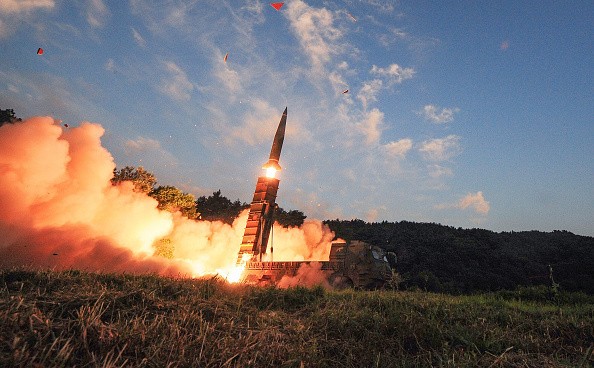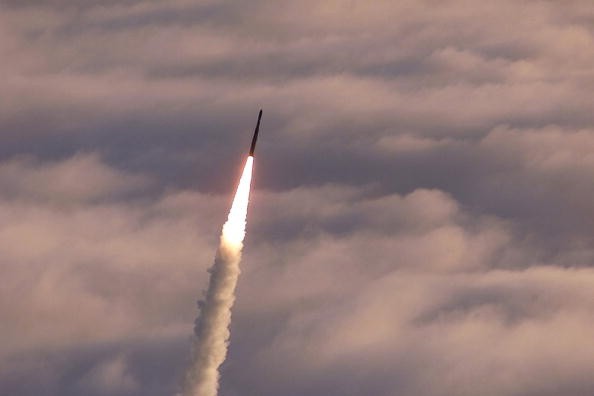Russia's new early-warning systems could spot future weapon attacks from other countries. Sergei Saprykin, Chief Designer of the Research Institute for Long-Range Radio Communications (part of RTI Group), said that the country's potential integration into its missile attack early warning systems are enough to predict possible attack weapons that are being developed.

"The locators' characteristics ensure their successful operation against both current and future attack weapons," said Saprykin via TASS on Monday, Feb 15.
"The modular design and the open architecture of Voronezh radars, the programmable control of operation modes allow building up their capabilities as and when the characteristics of the target situation change," he added.
Features of Russia's current radars
As of the moment, Russia's missile attack early warning systems represent a closed two-range radar field. They are located on the national territory of the country.
They are being used to predict spacecraft, ballistic missiles, and air targets. Russia's new-generation Voronezh meter and decimeter wavelength radar stations are the ones that offer continuous coverage for the country.

Also Read : Pentagon Tests World's Most Expensive Carrier, US Navy's USS Ford Unable to Launch Jets Due to Faulty Tech
On the other hand, the current Russian missile attack early warning systems consist of two echelons. These include the ground-based component and the space segment, which currently compromises four Tundra satellites. Meanwhile, the ground-based component consists of Voronezh-type radar stations. They cover all missile-dangerous directions.
Russian's early-warning systems are designated to detect within the shortest time possible. They are also specifically developed to predict ballistic missiles, which are launched directly towards Russian territories and their allies.
Russia's other war defensive innovations
According to Popular Mechanics, Russia also designed a new body armor that is expected to prevent or stop .50-caliber bullets. If you are unfamiliar with these bullets, a .50-caliber is used in M2, M3, and M85 machine guns. This means that this kind of bullet can penetrate even armored-trucks with ease.
The new protective body armor will also offer other features such as an anti-thermal suit, anti-radar element, and anti-mine boots. All of these things will provide Russia's soldiers with more efficient stealth ability, as well as allow them to survive undetectable explosives.
For more news updates about Russia's defensive innovations and other war technologies, always keep your tabs open here at TechTimes.
Related Article: Eerie Light in the Sky Turned Out To Be Dangerous Trident Missile
This article is owned by TechTimes.
Written by: Giuliano de Leon.
ⓒ 2025 TECHTIMES.com All rights reserved. Do not reproduce without permission.


![Best Gaming Mouse For Gamers With Smaller Hands [2025]](https://d.techtimes.com/en/full/461466/best-gaming-mouse-gamers-smaller-hands-2025.png?w=184&h=103&f=6fd057ef777bd39251d4e7e82e9b23f1)

